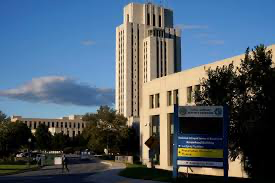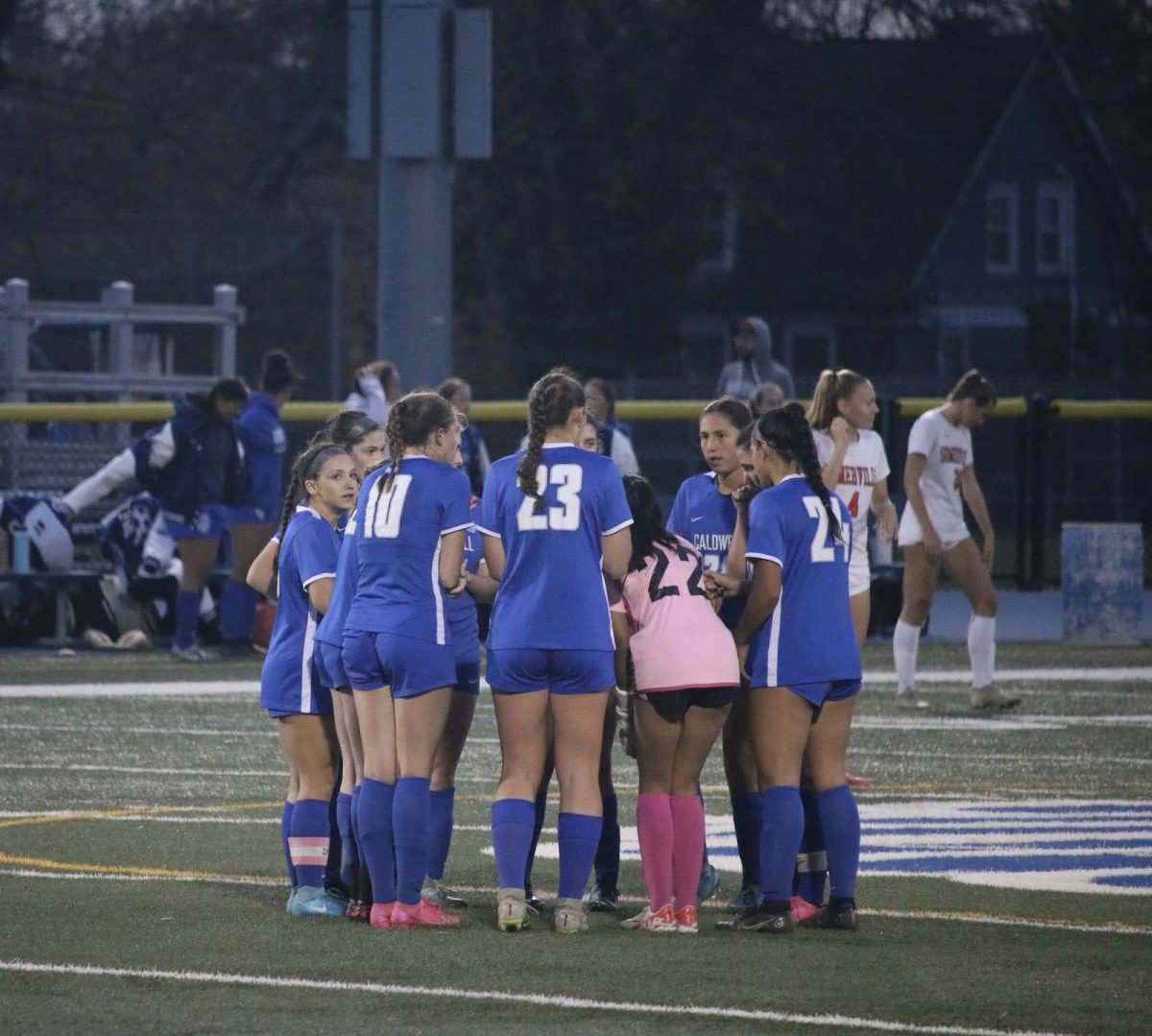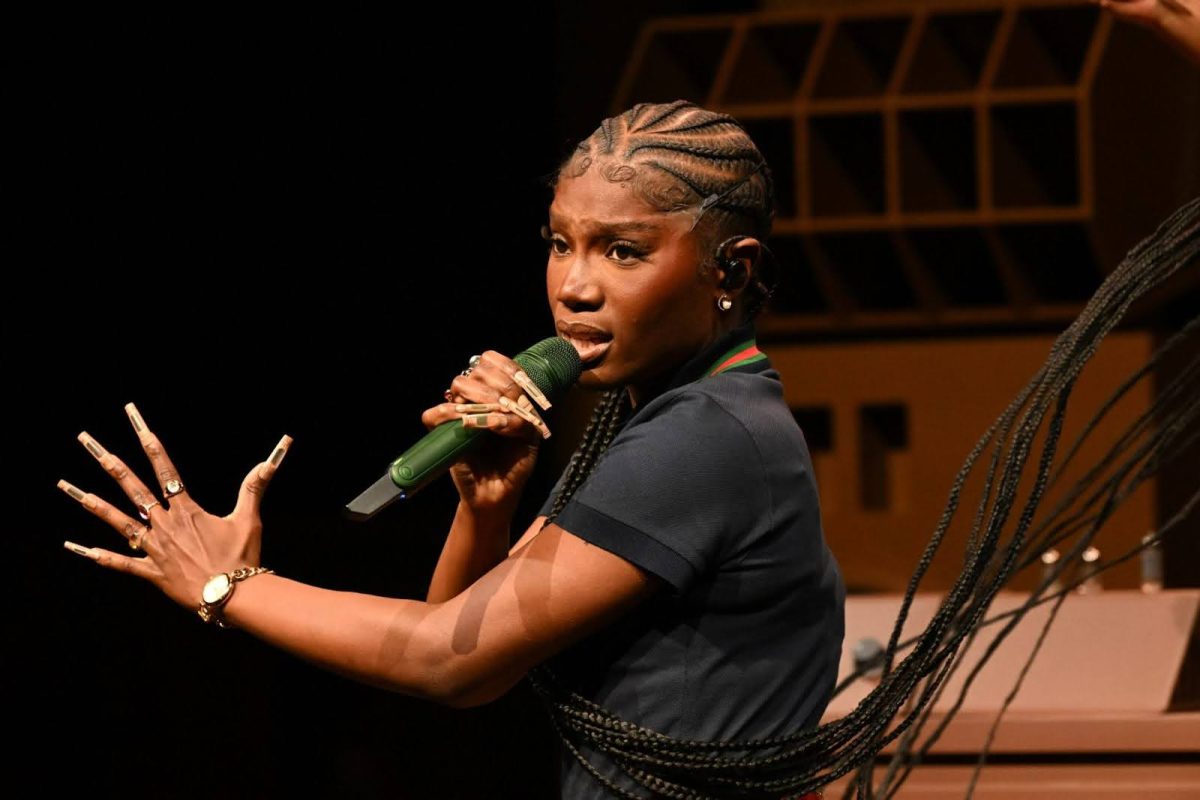
The severity of COVID-19 cannot be overstated, the figures themselves say enough: 7,740,934 cases in the US, 214,108 deaths according to the CDC. A far-reaching pandemic, hitting every state with varying levels of intensity, the virus itself has made its way into the White House and to the most powerful man in the country. On Friday October 2, President Trump revealed he along with the First Lady had tested positive for coronavirus, a day after Trump aide Hope Hicks tested positive. His condition worsened slightly after being transported to Walter Reed Medical Center in Washington D.C., with two dips in his oxygen levels over his 72 hour stay according to personal physician Dr. Sean Conley. On Monday October 12, it was reported he had tested negative, and that day he was back on the campaign trail in Sanford, Florida.

The timeline itself is not alarming; the President had a few moments where his condition appeared to worsen, but nothing transpired that threatened his health in a grave sense. The real battleground was not Walter Reed Medical Center, but Twitter and the political arena. In one tweet, which Twitter was quick to obscure from view, Trump claimed he was “immune” to the virus after his initial diagnosis. On Tuesday October 6, he tweeted people have learned to live with the flu, “just like we are learning to live with Covid”, sparking instant outrage because of the apparent insinuation that the flu and COVID are equivalent in their risk.
Dr. Michael Sagg, a dean of global health at the University of Alabama, was one of many who attacked Trump’s position, arguing “the notion of just learning to live with it is not an acceptable policy or strategy”. While some have found issues with specific comments and tweets Trump has made during his hospitalization and recovery, some have simply questioned how the President can downplay a virus he has personally encountered. His stance on COVID further polarizes public opinion of the pandemic, with some believing Trump’s nonchalance while others continue to advocate for the pure statistics rather than the anecdote.
Most major political figures were quick to express their support and wishes for a full recovery, uniting Democrats and Republicans. And while wishes for a personal recovery were bipartisan, some politicians expressed concern over Trump’s subsequent comments relating to the coronavirus and his experiences with it. Bernie Sanders, responding to Trump’s advice that the virus should be taken lightly, retorted that “six months after the pandemic began, in the richest country in the history of the world, we still have doctors and nurses and medical personnel who do not have the quality masks they need,” essentially arguing the virus is far from the point of being taken lightly. Democratic nominee Joe Biden echoed Sanders’s view of the situation, expressing sympathy for the President while chastising his behavior in the subsequent days.
The response of these prominent political figures further displays the political divide over the COVID crisis, as the severity of the virus has become an issue of party affiliation and ideology rather than association with science. The result of “cultural cognition”, according to a May New York Magazine article, the severity of the coronavirus is viewed differently along party lines; Republicans view it lightly because virus restrictions threatens the conservative value of personal liberty, while Democrats see COVID as severe because it threatens the liberal value of public good and welfare. With this being said, the Trump COVID diagnosis and the various interpretations across the political spectrum of this situation display a political polarization rarely seen before.
The President is back on the campaign trail, and the final Presidential debate is scheduled for October 22. COVID or not, the battle for the presidency goes on.


























